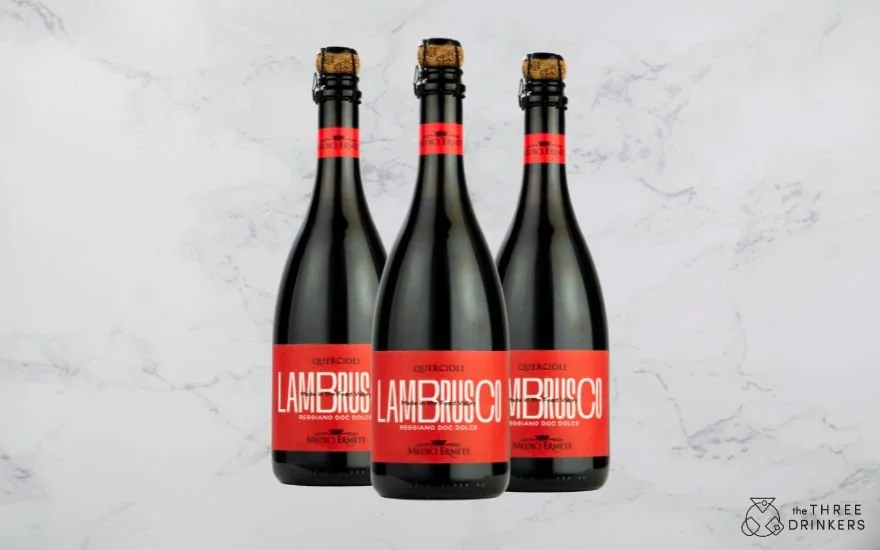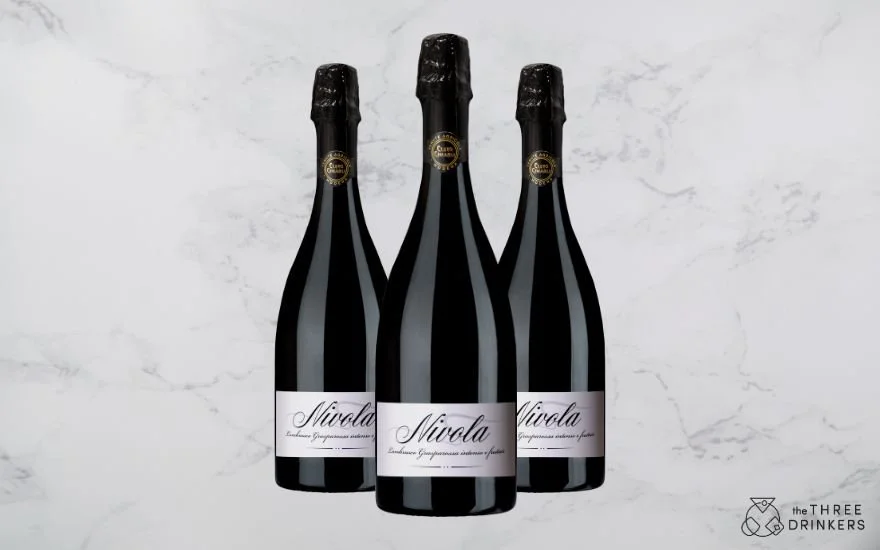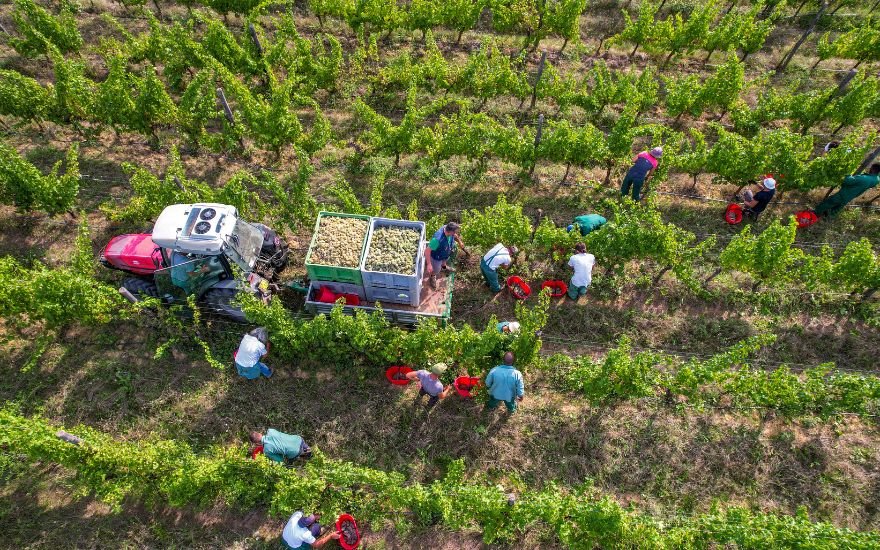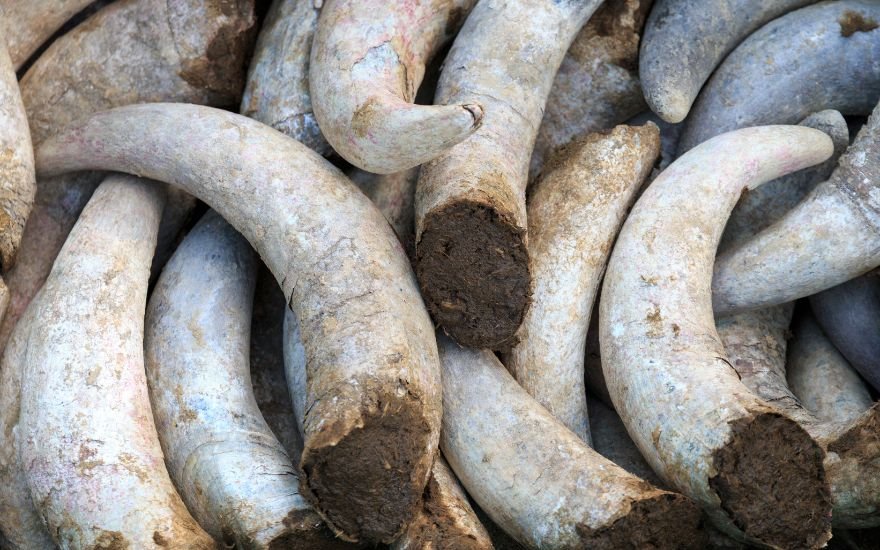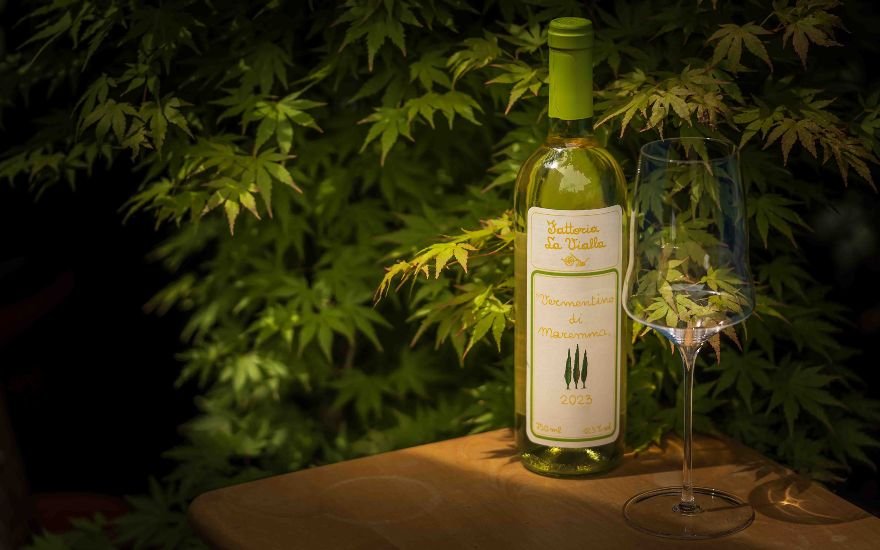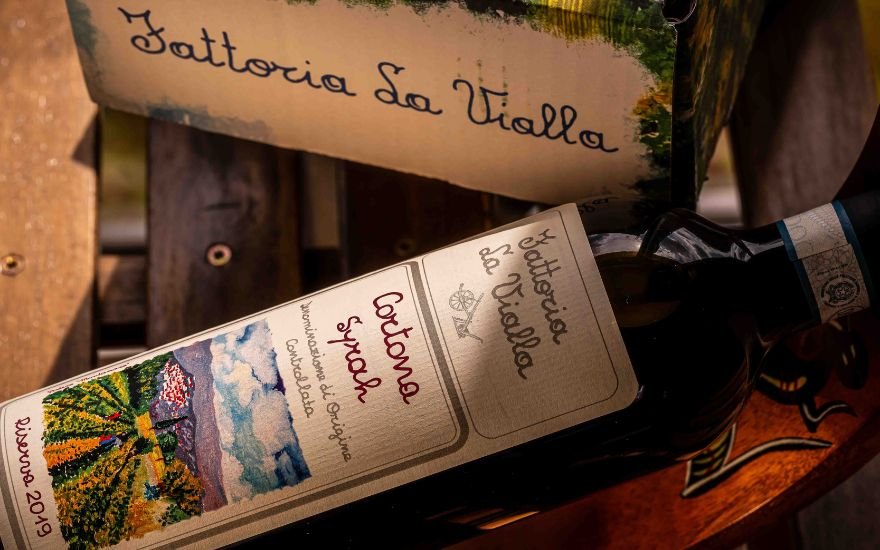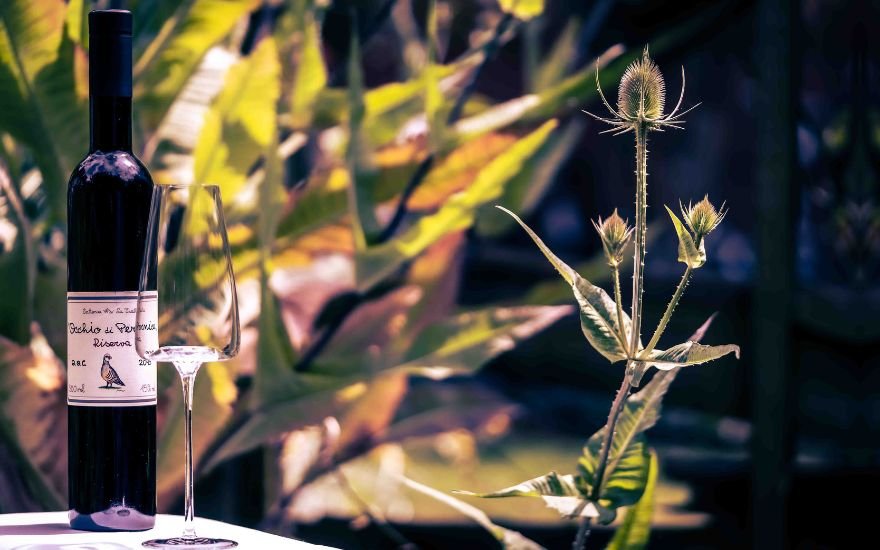When you think of Italian sparkling wines, your first thought might be prosecco, and who can blame you! It’s a fun, flirty, delicious drink that lends itself to many spritzes and cocktails. But there’s another Italian sparkling wine making a triumphant comeback. Say ciao again to Lambrusco!
Available in dry (secco), off dry (amabile/semisecco) and sweet (dolce) styles, Lambrusco is the sparkling wine that can do it all. ‘Lambrusco’ - the name referring to both the grape varieties used and the style of wine itself - is one of the oldest wines made in northern Italy’s Emilia-Romagna region. Yes, the same region that is famous for its Parmigiano Reggiano cheese and balsamic vinegar!
During the wine boom of the late 1970s and 1980s, this sparkling red wine flooded the international market, helped by catchy marketing like this playful Riunite commercial, featuring a frolicking couple in idyllic Italian settings. However, unlike the dryer styles sipped in Italy, these exported Lambruscos were incredibly sweet, and the focus on impulse for profit over product, and volume over quality, saw this incredible style of wine relegated to a punchline.
Thankfully, that’s changing.
Today, more and more Italian winemakers are taking a stand and showcasing just how elegant and nuanced Lambrusco can be. These days, there are over 60 different varieties of Lambrusco grapes, and with so many options, those curious to explore are spoilt for choice! Here are some of the bottles worth uncorking.
Quercioli Lambrusco Reggiano DOC Secco
When it comes to Lambrusco, Medici Ermete is a huge player, creating varied and delicious iterations of this classic wine. For 134 years, generations of the Medici family have been closely shepherding Lambrusco wine into the 21st century. This is a dry, ruby red wine that makes a statement the moment it’s poured into your glass. Deep red fruit flavours complement a balanced palate, with soft floral notes on the nose. It’s the perfect drink for summer BBQs or hearty pasta dishes like a beef ragu - and it won’t break the bank.
Size: 750ml
ABV: 11%
Find Here: £7.80 (usually 9.27)
Quercioli Lambrusco Reggiano DOC Dolce Medici Ermete
Prefer something on the sweeter side? The “red label” from Medici Ermete is for you. Rich dark cherries, rhubarb and juicy red fruits come together to create decadence in a glass without slipping into the overly sweet Lambruscos of the past. An absolutely stunning rich garnet in the glass, this wine is easy to pair with food or enjoy leisurely on its own, on either side of a meal. Innovation married with deep traditional roots, this is a wonderful choice for those looking for something to satisfy their sweet tooth.
Size: 750ml
ABV: 8.5%
Find Here: £7.72 (usually 8.70)
Cantina di Soliera Lambrusco di Sorbara Secco
Cantina di Soliera is a cooperative winery that champions Lambrusco as its hero wine, believing it embodies the authentic spirit of the region - a celebration of both tradition and the people. This wine is a deep grapefruit pink and has aromas of perfectly ripe raspberries and spring rhubarb, while its higher acidity balances the dry, fruit-forward character beautifully. The finish of this wine is bright with a slight grip, making it a versatile food wine that pairs well with fish dishes, local regional fare, or even sushi.
Size: 750ml
ABV: 11%
Find Here: £11.00
Quercioli Lambrusco Sorbara DOC Secco
The third iteration of Quercioli on this list will have you thinking … pink! This particular Lambrusco is aged in stainless steel tanks, so the fresh and fruit-forward nature of the wine shines with ease and maintains its delicate floral aromas. This is an excellent option for those who love a lighter, drier rosé with some added fizz for fun. Fabulous on its own, it also complements a spicy coconut curry, pakora or delicate fish dish with ease.
Size: 750ml
ABV: 11%
Find Here: £12.00 // $9.00
Nivola Lambrusco
Cleto Chiarli is the oldest producer of wines from the Emilia-Romagna region, having started production back in 1860, and their expertise shines with this special bottle. Made from 100% Grasparossa Lambrusco grapes, when freshly poured into a glass, the Niviola is a deep currant red, complemented by a violet mousse. Its dry and gentle fizz is expertly balanced with notes of cranberry and ripe red fruits, forming a fuller and gently grippy glass. It would be a perfect companion to a roast dinner, cured meats or anything with balsamic vinegar. Elegant, classic and delicate.
Size: 750ml
ABV: 10.5%
Find Here: £13
La Favorita Reggiano Lambrusco
Nominative determinism? Perhaps! Another iteration from the highly influential and respected Medici Ermete, who has been a champion in rehabilitating Lambrusco’s image. With sights set on uncompromising excellence, La Favorita reflects these efforts. This Lambrusco is plump, full and bursting to the brim with black currant, ripe raspberry, red fruits and just a whisper of violets. Harmonious, crisp and utterly delicious, it pairs wonderfully with Bolognese, red meat dishes or delicious Parma ham.
Size: 750ml
ABV: 11%
Find Here: £14.50
Lambrusco di Sorbara DOC Phermento
For lovers of pet nats (wines where the fermentation has happened in the bottle), Phermento provides a thrilling twist on Lambrusco. A lush pink in the bottle, when poured it opens with aromas of tart wild strawberries, just ripe raspberries, sherbert and a delicate funkiness typical of the style. High in acid with a generous sparkly fizz, this Lambrusco is the perfect aperitif to share with friends on a hot summer day.
Size: 750ml
ABV: 11.5%
Find Here: £16.45
"Puro!" Lambrusco Emilia IGP
Vitivinicola Fangareggi was founded in 2005, but four generations have worked together to create wines that honour tradition and the land while embracing the future. Harvested by hand to ensure excellence and transformed into sparkling wine by undergoing a second fermentation in a pressurised tank (a.k.a. the Charmat method used to make Prosecco), Puro! is fresh and fruit forward. Made using 100% Lambrusco Salamino grapes, it delivers unwavering black cherry and plum notes.
Size: 750ml
ABV: 10%
Find Here: £23.95
Bergianti San Vincent Frizzante
Gianluca Bergianti has been producing biodynamic wines from the start. This 100% Sorbara Lambrusco is a brilliant example of those efforts. This wine starts out flirty and light-hearted with raspberries, orange and rhubarb before revealing herby notes - a beautiful summer garden party in a glass. Dry and textured, this is a true ‘treat yourself’ wine, something for a celebration or a special occasion.
Size: 750ml
ABV: 12.5%
Find Here: £20.30
Compelling and a bit different, Lambrusco is the perfect chilled red for your summer. This style of wine allows you to have the best of both worlds: a sophisticated structure paired with gentle bubbles. Easy drinking and best shared with good company, Lambrusco is back - and it’s better than ever.
If you’re interested in exploring the dynamic and vast world of sparkling reds, see more here.



